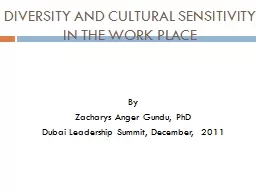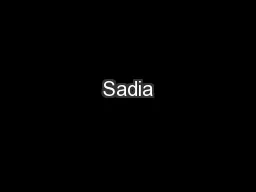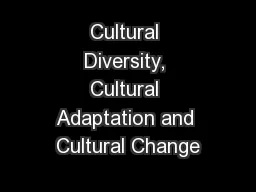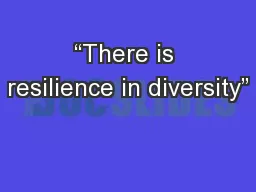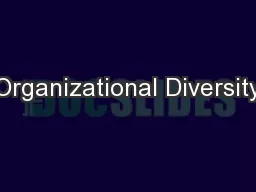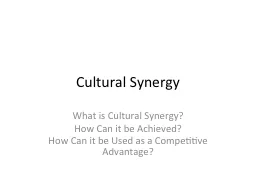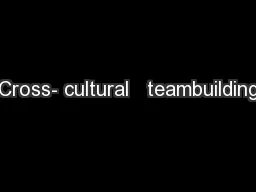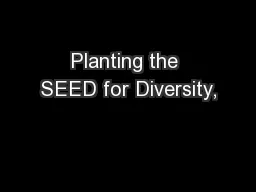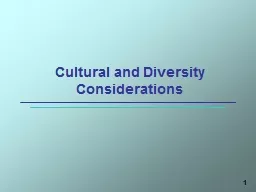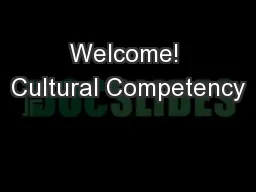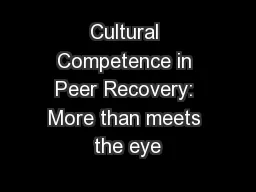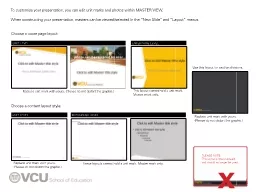PPT-DIVERSITY AND CULTURAL
Author : cheryl-pisano | Published Date : 2016-11-24
SENSITIVITY IN THE WORK PLACE By Zacharys Anger Gundu PhD Dubai Leadership Summit December 2011 DIVERSITY IS A WAY OF LIFE DIVERSITY AS A MELTING POT OR A MIXING
Presentation Embed Code
Download Presentation
Download Presentation The PPT/PDF document "DIVERSITY AND CULTURAL" is the property of its rightful owner. Permission is granted to download and print the materials on this website for personal, non-commercial use only, and to display it on your personal computer provided you do not modify the materials and that you retain all copyright notices contained in the materials. By downloading content from our website, you accept the terms of this agreement.
DIVERSITY AND CULTURAL: Transcript
Download Rules Of Document
"DIVERSITY AND CULTURAL"The content belongs to its owner. You may download and print it for personal use, without modification, and keep all copyright notices. By downloading, you agree to these terms.
Related Documents

